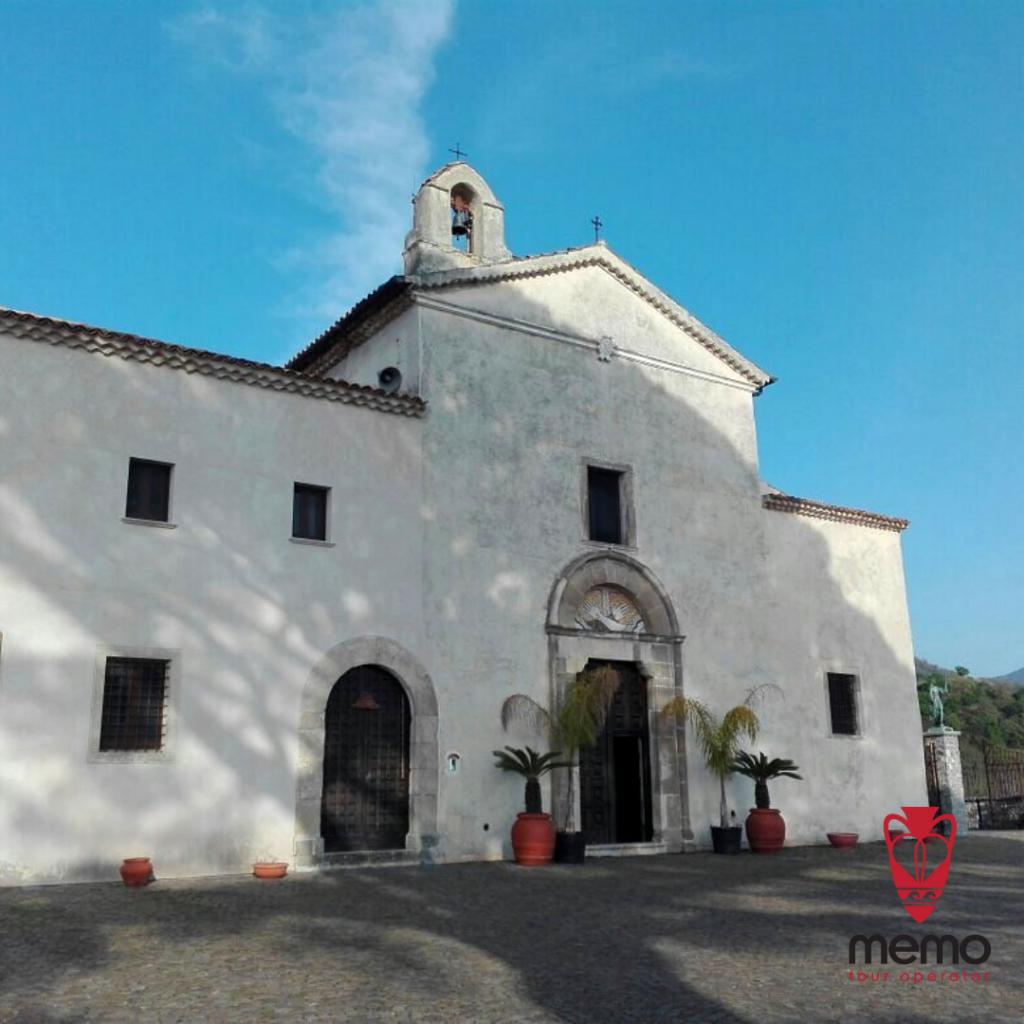In the week of Valentine's Day we could not miss a short list of romantic destinations to visit in Southern Italy both during the month of lovers and throughout the year because, you know, love is timeless! We have chosen a symbolic place for each region of Southern Italy between Campania, Puglia, Basilicata, Calabria and Sicily, but we know that our country is full of evocative places that should definitely be added to this list. Here are the ones we have chosen.

- Trentinara - Campania
The village of Trentinara is located in Cilento and stands on a hilly area about 600 metres above sea level, enjoying a beautiful panorama of the Sele plain. This village has the particularity of being totally dedicated to love, to lovers and to romantic sunsets, so much so that the Sunset Garden has recently been created, a panoramic spot where one can look out to admire the sun as it sets, tinging the valley below with pink as it gently reaches the sea. In Trentinara, you can also stop in the Lovers' Garden, cross the Via dell'Amore and discover the 'Preta 'ncatenata', the romantic sculpture of the brigand Saul and his beloved Isabella, and you can (or rather, you should!) exchange a kiss where you will find the unmistakable 'Kiss Please' sign.

2. Alberobello
The town of Alberobello is a place to visit in every season, but doing so during the Valentine's Day period is not only even more romantic but also more convenient, because the large tourist flows that affect the town from late spring are still quite far away and you can enjoy your trip in total tranquillity. In addition, on Valentine's Day the town is decorated with thematic displays that contribute to a romantic, fairytale-like atmosphere that is definitely worth a visit. By the way, during your walk, don't forget to spot the trullo with a heart painted on the roof. The symbols on the tops of the trulli have a propitiatory value and derive from the ancient peasant tradition that saw the use of symbolism as a powerful means against the evil eye. Look for the most particular ones and have fun travelling with your imagination!

Matera and the Lovers' Fountain
Among romantic destinations, we could not miss Matera, a magical city that never ceases to hold surprises in store for travellers. This is the case of the Fountain of Lovers, a very special monument dedicated to love and romantic courtship. The fountain is actually an installation consisting of a sculptural group of five life-size figures: a maiden filling an amphora at the fountain, a young man approaching it and three boys observing the scene from afar. The monument celebrates the ancient courtships of the village, which could only take place at precise and rare moments, one of which? Precisely when the women went to refill water at the ancient fountain. During this operation, in fact, the maidens were alone, so the young men would wait for them at the little wall and take advantage of those brief moments to court and agree on fleeting future dates.

The Convent of San Daniele at Belvedere Marittimo
Perhaps not everyone knows that Calabria has a special bond with the patron saint of lovers. Yes, because part of his relics can be found at the convent of San Daniele dei Padri Cappuccini, in the town of Belvedere Marittimo. But let's start with why Saint Valentine is considered the patron saint of love: according to tradition, the saint gave a young girl a dowry in money, without which she would not have been able to marry, and since then his figure has been associated with romantic unions. In 1969, an ampulla with blood and bone fragments was discovered in the Convent of San Daniele during some maintenance work. The ampulla, related to a letter from the Vatican dating back to 1700, refers to these remains by associating them with Saint Valentine, who has been venerated in this sacred place ever since.

5.IOrtigia alone and the Lovers' Grotto
The island of Ortigia in Sicily is famous, among its many historical and scenic beauties, also for the uniqueness of its sea caves, which can be visited by boat excursions during the summer. These include the Grotta degli innamorati (Lovers' Grotto), which is immediately recognisable by its rocky conformation resembling the outline of a large heart.
Our list ends here, but we know there are plenty of other romantic destinations to visit.
All that remains is to choose the next stage and decide to go on a discovery tour of nature and history, in the sign of love!

